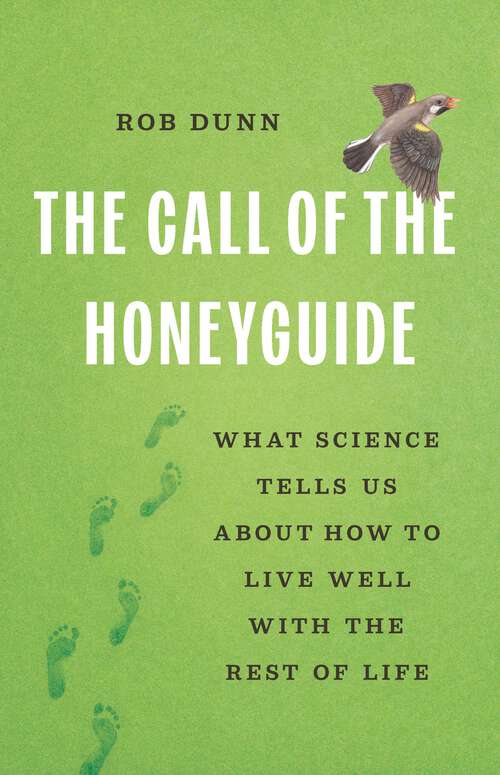The Call of the Honeyguide: What Science Tells Us about How to Live Well with the Rest of Life
By:
Sign Up Now!
Already a Member? Log In
You must be logged into Bookshare to access this title.
Learn about membership options,
or view our freely available titles.
- Synopsis
- A "soulful tribute" (New York Times) that shows how rethinking our relationships with other species can help us reimagine the future of humankind In the woodlands of sub-Saharan Africa, sometime deep in our species&’ past, something strange happened: a bird called out, not to warn others of human presence, but to call attention to herself. Having found a beehive, that bird—a honeyguide—sought human aid to break in. The behavior can seem almost miraculous: How would a bird come to think that people could help her? Isn&’t life simply bloodier than that? As Rob Dunn argues in The Call of the Honeyguide, it isn&’t. Nature is red in tooth and claw, but in equal measure, life works together. Cells host even smaller life, wrapped in a web of mutual interdependence. Ants might go to war, but they also tend fungi, aphids, and even trees. And we humans work not just with honeyguides but with yeast, crops, and pets. Ecologists call these beneficial relationships mutualisms. And they might be the most important forces in the evolution of life. We humans often act as though we are all alone, independent from the rest of life. As The Call of the Honeyguide shows, we are not. It is a call to action for a more beneficent, less lonely future.
- Copyright:
- 2025
Book Details
- Book Quality:
- Publisher Quality
- ISBN-13:
- 9781541605756
- Related ISBNs:
- 9781541605732
- Publisher:
- Basic Books
- Date of Addition:
- 08/26/25
- Copyrighted By:
- Robert Dunn
- Adult content:
- No
- Language:
- English
- Has Image Descriptions:
- No
- Categories:
- Nonfiction, Science, Outdoors and Nature, Earth Sciences
- Submitted By:
- Bookshare Staff
- Usage Restrictions:
- This is a copyrighted book.
Reviews
Other Books
- by Rob Dunn
- in Nonfiction
- in Science
- in Outdoors and Nature
- in Earth Sciences
